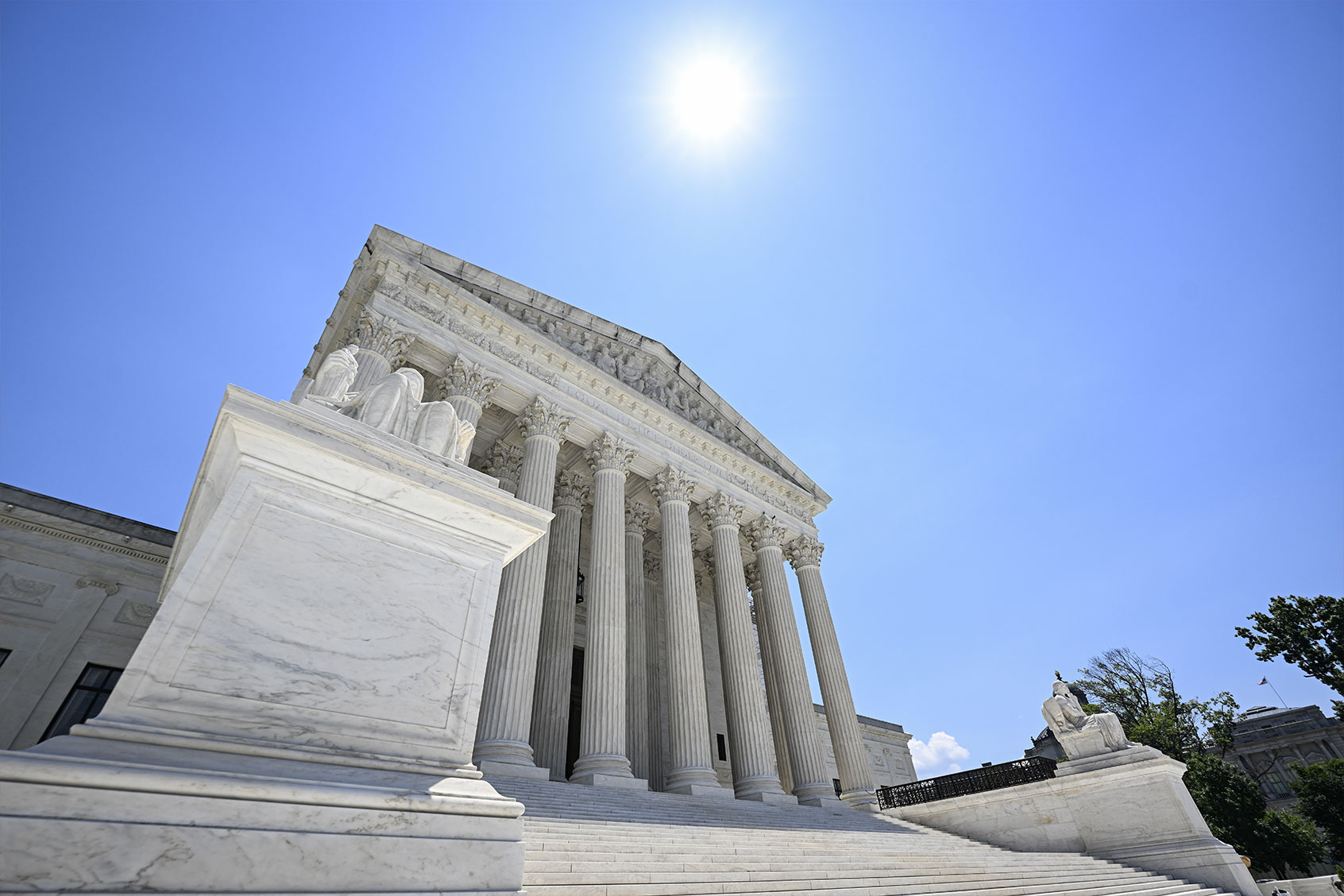The U.S. Supreme Court is set to hear a significant case on November 10, 2025, that could redefine the boundaries of religious freedom in correctional facilities. The case, Landor v. Louisiana Department of Corrections, centers on whether an inmate from the Rastafarian faith can seek monetary damages after the warden allegedly violated his religious rights by forcibly cutting his hair. This case stands apart from many recent religious freedom disputes, highlighting the complexities surrounding the rights of minority religions within the U.S. legal framework.
Damon Landor, the petitioner, has worn long dreadlocks for nearly two decades as an expression of his Rastafarian beliefs, adhering to the biblical “Nazarite vow.” Rastafarianism, which emerged in Jamaica in the 1930s, often includes the practice of not cutting hair as a demonstration of faith. After Landor was incarcerated in 2020 for drug-related offenses, officials initially respected his religious practices. However, a change in his correctional facility led to a violation of his rights, culminating in a forced shaving just weeks before his release.
At the heart of this case is the Religious Land Use and Institutionalized Persons Act, which protects the religious rights of incarcerated individuals. It prohibits government entities from imposing substantial burdens on the free exercise of religion. Although a federal trial court condemned the treatment Landor received, it ultimately denied his claim for monetary damages. The 5th U.S. Circuit Court of Appeals upheld this decision, prompting Landor’s legal team to seek further review from the Supreme Court after a group of 15 judges expressed that the case should be reconsidered at that level.
The Supreme Court’s decision to hear the appeal came after more than 20 organizations submitted amicus curiae briefs supporting Landor’s case. Notably, groups with differing viewpoints, such as Americans United for Separation of Church and State and the Becket Fund for Religious Liberty, united in their support for Landor, emphasizing the case’s broader implications for religious expression in public life.
The key question before the Supreme Court is whether Landor can sue the warden for monetary damages as an individual. In a previous case, Tanzin v. Tanvir, the Supreme Court unanimously ruled that individuals can be held personally liable for violations of religious rights. This precedent could significantly impact Landor’s case, although it involves different legislation.
While the Religious Freedom Restoration Act was enacted in 1993 and allows for damages against officials, the Religious Land Use and Institutionalized Persons Act, passed in 2000, has yet to be interpreted in a similar manner. Both statutes share similar language but differ in their historical application, raising questions about the extent of protections offered to minority religions.
As of now, nearly 2 million individuals are incarcerated across various facilities in the United States. The outcome of Landor’s case could set a precedent that affects the accountability of correctional institutions regarding religious rights. It also underscores the need for equal protection under the First Amendment for all faiths, regardless of size or influence.
Charles J. Russo, a law professor at the University of Dayton, noted that the resolution of this case could reveal much about the future landscape of religious freedom, particularly concerning issues that the Founding Fathers could not have anticipated. The Supreme Court’s ruling will likely have lasting implications not only for Landor but also for how minority religions are treated in the context of American law.
